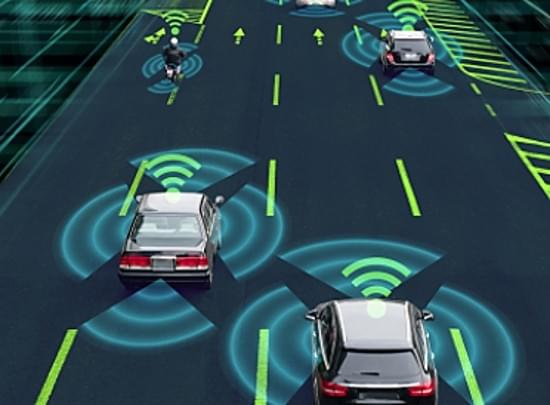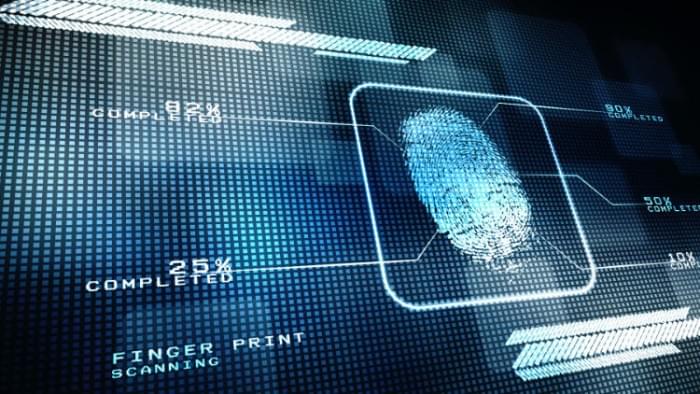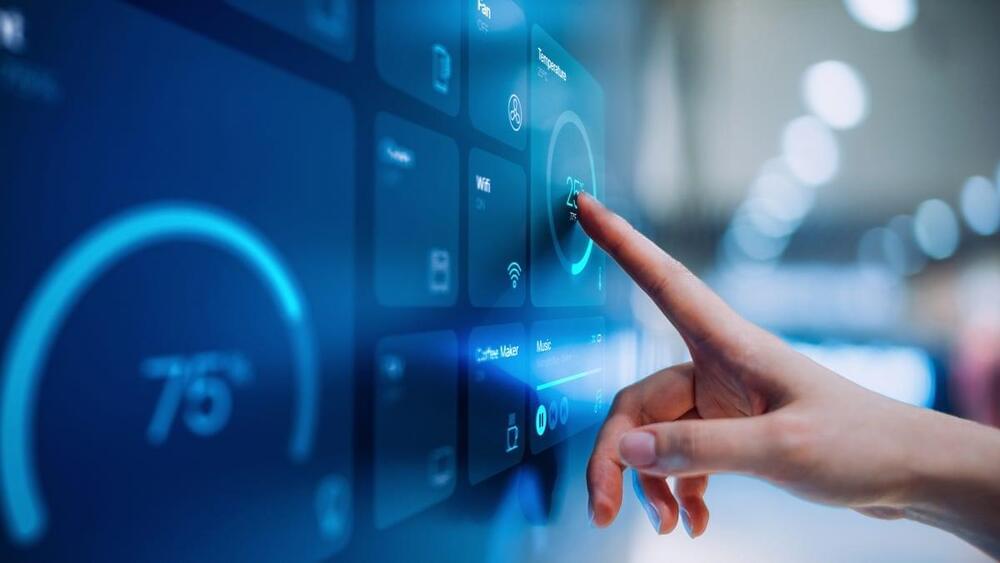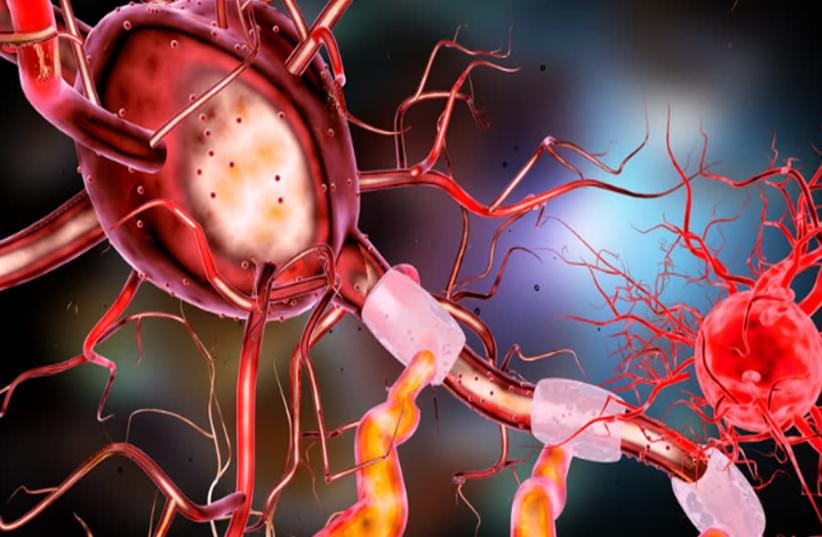Archive for the ‘robotics/AI’ category: Page 989
Dec 5, 2022
Stephen Wolfram on the Wolfram Physics TOE, Blackholes, Infinity, and Consciousness
Posted by Dan Breeden in categories: alien life, cryptocurrencies, economics, information science, mathematics, particle physics, robotics/AI

Stephen Wolfram is at his jovial peak in this technical interview regarding the Wolfram Physics project (theory of everything).
Sponsors: https://brilliant.org/TOE for 20% off. http://algo.com for supply chain AI.
Link to the Wolfram project: https://www.wolframphysics.org/
Dec 5, 2022
LIDAR is Rapidly Evolving to Make Autonomous Vehicles a Near Future Reality
Posted by 21st Century Tech Blog in categories: robotics/AI, transportation
LIDAR is to autonomous vehicles, as echolocation and sonar are to bats and dolphins.
Third-generation (L3) LIDAR provides Advanced Driver Assistance Systems (ADAS) with datasets and imaging to support full autonomy.
Dec 5, 2022
Disney’s innovative AI can quickly make actors appear younger or older
Posted by Gemechu Taye in categories: life extension, robotics/AI
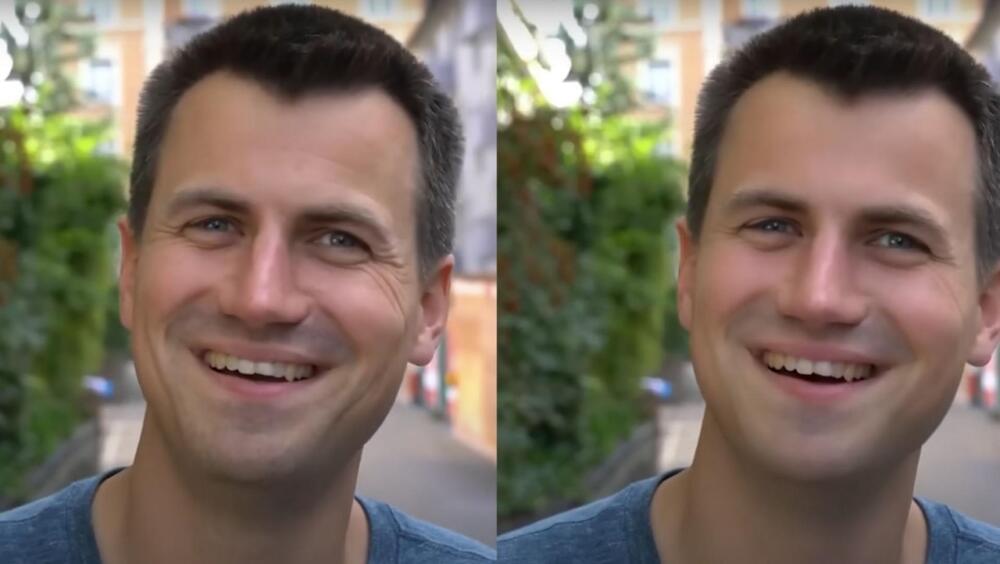
The artificial intelligence tool, known as FRAN, can make someone look a different age in five seconds.
Researchers at Disney have built an artificial intelligence tool that can make it easier for an actor to appear a different age on screen. Although digital artists can still make necessary modifications to make the effects in a scene look as realistic as possible, the artificial intelligence system can handle most of the aging effects.
Continue reading “Disney’s innovative AI can quickly make actors appear younger or older” »
Dec 5, 2022
ChatGPT explained: What to know about OpenAI’s chatbot that has gone viral
Posted by Gemechu Taye in category: robotics/AI
A new chatbot from the guys who brought us DALL-E has caused something of a Twitter storm with its amusing responses to users’ queries.
A recently released AI-powered chatbot called ChatGPT launched this week to a mixture of praise and concern. Developed by OpenAI, the chatbot can teach users various things, like setting up a website, but it has also allegedly proven problematic at the same time.
The chatbot was built from the ground up to be as natural as possible when talking to people in what is called “a conversational style.”
Dec 5, 2022
ChatGPT: It’s up again… The demand from the curious was overwhelming their servers
Posted by Ken Otwell in category: robotics/AI
Let’s see how long it stays up:
A conversational AI system that listens, learns, and challenges.
Dec 5, 2022
Scientists create AI neural net that can unlock digital fingerprint-secured devices
Posted by Kelvin Dafiaghor in categories: information science, mobile phones, privacy, robotics/AI, security
Computer scientists at New York University and Michigan State University have trained an artificial neural network to create fake digital fingerprints that can bypass locks on cell phones. The fakes are called “DeepMasterPrints”, and they present a significant security flaw for any device relying on this type of biometric data authentication. After exploiting the weaknesses inherent in the ergonomic needs of cellular devices, DeepMasterPrints were able to imitate over 70% of the fingerprints in a testing database.
An artificial neural network is a type of artificial intelligence comprising computer algorithms modeled after the human brain’s ability to recognize patterns. The DeepMasterPrints system was trained to analyze sets of fingerprint images and generate a new image based on the features that occurred most frequently. This “skeleton key” could then be used to exploit the way cell phones authenticate user fingerprints.
In cell phones, the necessarily small size of fingerprint readers creates a weakness in the way they verify a print. In general, phone sensors only capture a partial image of a print when a user is attempting to unlock the device, and that piece is then compared to the phone’s authorized print image database. Since a partial print means there are fewer characteristics to distinguish it than a full print, a DeepMasterPrint needs to match fewer features to imitate a fingerprint. It’s worth noting that the concept of exploiting this flaw is not unique to this particular study; however, generating unique images rather than using actual or synthesized images is a new development.
Dec 5, 2022
We will see a completely new type of computer, says AI pioneer Geoff Hinton
Posted by Paul Battista in category: robotics/AI
“Mortal computation” means analog computers marrying AI closely to hardware will put GPT-3 in your toaster for $1 running on a few watts of power.
Dec 5, 2022
Federated machine learning enables the largest brain tumor study to-date, without sharing patient data
Posted by Shubham Ghosh Roy in categories: biotech/medical, health, robotics/AI
Researchers at Penn Medicine and Intel Corporation led the largest-to-date global machine learning effort to securely aggregate knowledge from brain scans of 6,314 glioblastoma (GBM) patients at 71 sites around the globe and develop a model that can enhance identification and prediction of boundaries in three tumor sub-compartments, without compromising patient privacy. Their findings were published today in Nature Communications.
“This is the single largest and most diverse dataset of glioblastoma patients ever considered in the literature, and was made possible through federated learning,” said senior author Spyridon Bakas, Ph.D., an assistant professor of Pathology & Laboratory Medicine, and Radiology, at the Perelman School of Medicine at the University of Pennsylvania. “The more data we can feed into machine learning models, the more accurate they become, which in turn can improve our ability to understand, treat, and remove glioblastoma in patients with more precision.”
Researchers studying rare conditions, like GBM, an aggressive type of brain tumor, often have patient populations limited to their own institution or geographical location. Due to privacy protection legislation, such as the Health Insurance Portability and Accountability Act of 1996 (HIPAA) in the United States, and General Data Protection Regulation (GDPR) in Europe, data sharing collaborations across institutions without compromising patient privacy data is a major obstacle for many healthcare providers.
Dec 5, 2022
Nano-magnets can be used to restore damaged nerve cells —Bar-Ilan
Posted by Shubham Ghosh Roy in categories: bioengineering, nanotechnology, robotics/AI
These fundamental units of the brain and nervous system – composed of the cell body, the dendrites and the axon (a long, thin extension responsible for communicating with other cells) – receive sensory input from the external world, send motor commands to our muscles and for transform and relay the electrical signals at every step in between.
“Our novel method of creating ‘mini-brains’ opens the door to finding solutions for various neurological impairments”
Prof. Orit Shefi and doctoral student Reut Plen from the Kofkin Faculty of Engineering at Bar-Ilan University (BIU) have developed a novel technique to overcome this challenge using nanotechnology and magnetic manipulations – one of the most innovative approaches to creating neural networks. Their research was recently published in the peer-reviewed journal Advanced Functional Materials under the title “Bioengineering 3D Neural Networks Using Magnetic Manipulations.”

